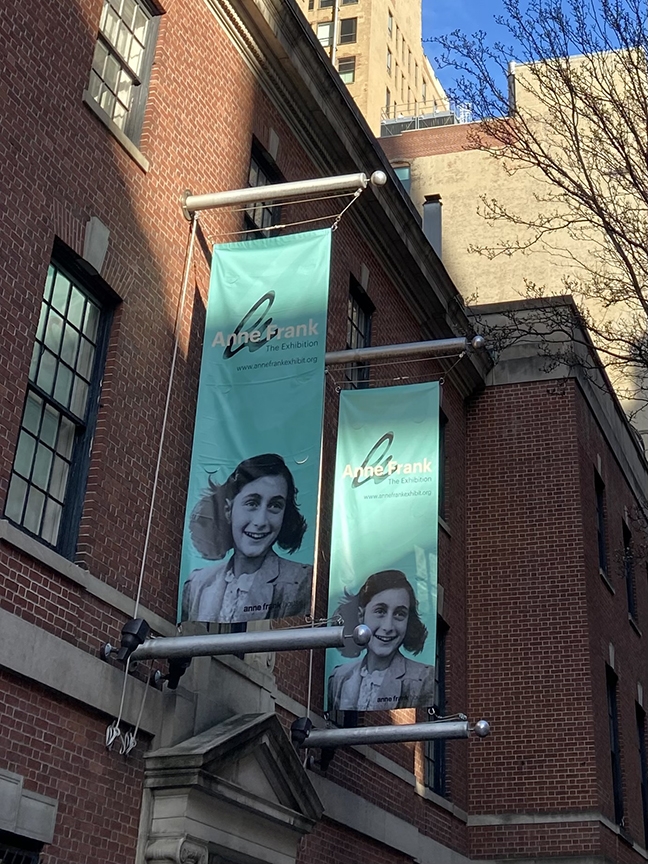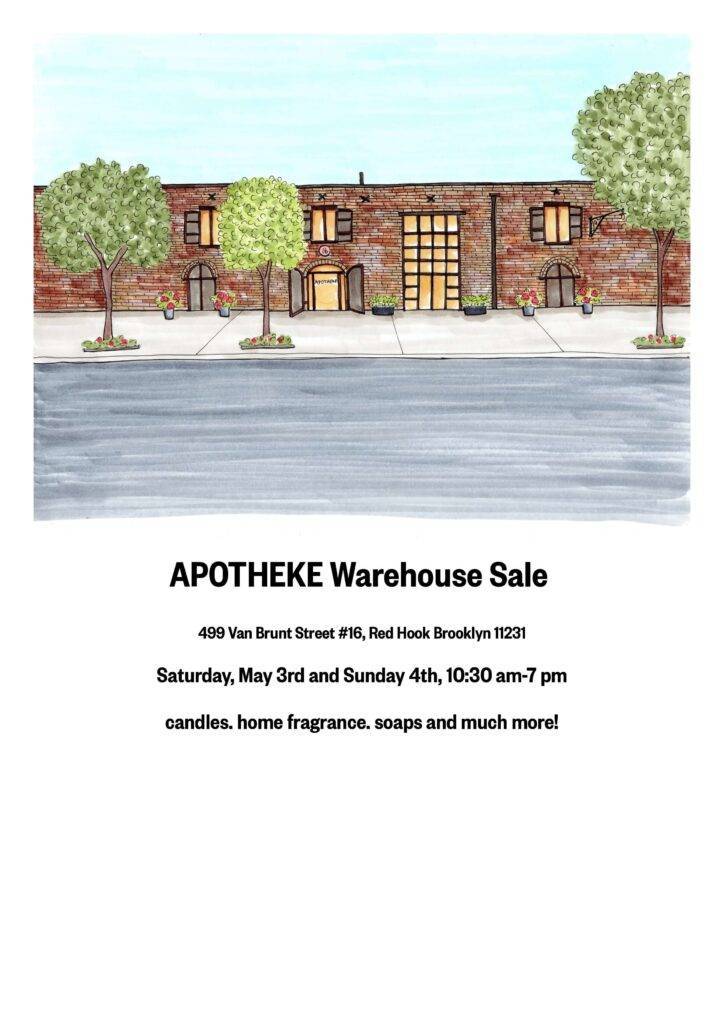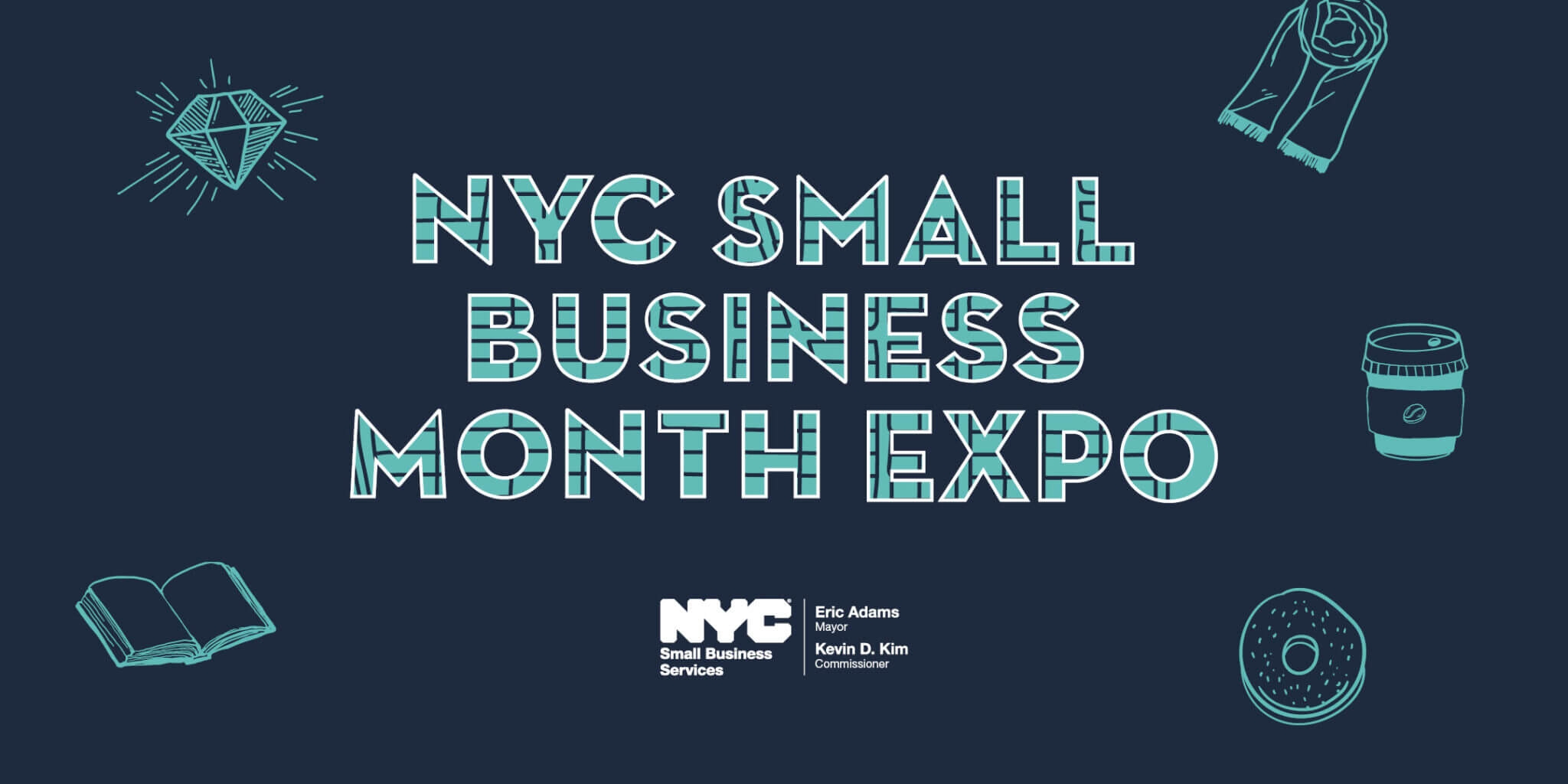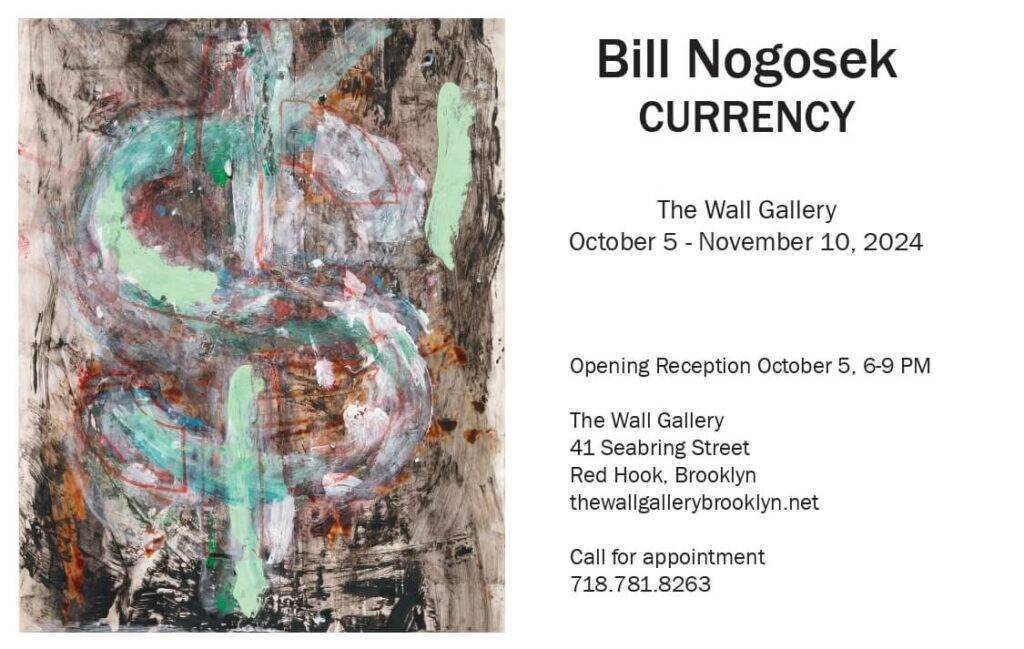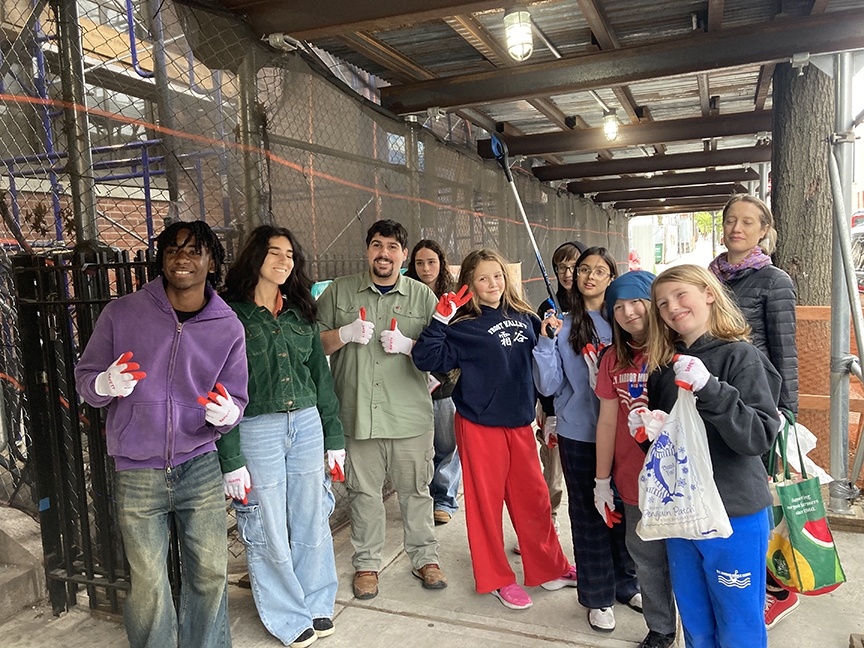My partner, Rainer, is German. He came to America at midlife to find himself, which included coming to terms with being gay.
I once asked him what he learned about the Holocaust in school. I feared it might be something like, “Hitler was a great man. It’s too bad — he almost got away with it!”
But no, that wasn’t what he was taught. It wasn’t what I was taught either, in an American school. But we’re both middle-aged.
I see the news and wonder: Do they teach something different today?
The Holocaust’s legacy
May 8 marks the 80th anniversary of the end of World War II. “Anne Frank the Exhibition,” currently on view at the Center for Jewish History (15 West 16th Street), invites us to reflect on the Holocaust’s legacy — and the challenges of the present moment. The exhibition’s centerpiece is a detailed replica of the “secret annex” in an Amsterdam warehouse where Anne and seven other Jews hid from the Nazis.
Through the details of this young girl’s experience, we touch on the senseless loss of millions of lives.
The exhibition forces us to ask ourselves: Who would help someone like Anne Frank today?
When I was growing up, I remember seeing Anne’s black-and-white face on gray paperback books all around my junior high school. “Anne Frank: The Diary of a Young Girl” was required reading. The book has sold more than 30 million copies and been translated into more than 70 languages.
To prepare for my visit to the exhibition, I decided to reread it. I’d forgotten what a great writer Anne is: observant, funny, honest. She doesn’t just write about what was happening — she writes toward self-awareness.
Living a double life
Anne’s story begins in a red plaid book — a present from her parents for her 13th birthday, on June 12, 1942. She starts writing that same day.
Like many Geminis, Anne understands she has a “dual personality.” She’s a “chatterbox” around other people (whose chirpiness gets on their nerves) and introspective when alone.
Like many teenage girls, she gripes about school and gushes over boys. But her story soon takes a darker turn.
We learn that while she was born in Germany, her family moved to Holland to escape Hitler.
Persecution follows them.
Jews must wear yellow stars, they can’t drive or ride the train, they can only shop in certain stores at certain times, they can’t go to the movies or the theater or sit outside at night.
When the Nazis begin dragging Jews from their homes, Anne’s family goes into hiding.
The exhibition opens with displays of wartime memorabilia, narrated by an audio tour. A ballot for a German election has one name on it (guess whose!) and a huge circle to mark the only option.
We see photos of children laughing and ecstatically waving flags: Nazi flags during the war, American flags after.
This shows you how quickly allegiances can shift. We get swept up in moments — and the available merch. (Think of all the red hats you see today.)
Crowds can drown out the things our hearts are telling us about what’s right and wrong.
You get to the heart of the exhibition through an open door behind a bookcase. Suspense mounts as you walk up a flight of stairs to the recreation of the “secret annex.”
The original space, in Amsterdam, is purposefully kept bare — a stark reminder of all that was lost.
This exhibition is more like a stage set: filled with furniture and personal items to give you a sense of what life was like for Anne and the others.
When her family went into hiding, Anne packed in a rush, bringing curlers and old letters, “the craziest things.” Her diary sits open on a small desk. Black-and-white movie star photos are pasted on the mustard yellow wall above her bed. The light feels golden and hazy.
Sleeping arrangements
Anne and her family—her parents and her older sister, Margot—were joined by a business associate and his wife, Mr. and Mrs. Van Daan, their 15-year-old son, Peter, and later a dentist, Mr. Dussel (all pseudonyms).
Their lifeline? A few brave, dedicated helpers, who risk everything giving these Jews shelter and bringing them what they need to survive.
Anne bunks with Mr. Dussel. At first, she welcomes him, but they’re soon on each other’s nerves.
Why not put the girls together, or Peter and Mr. Dussel? Why put a teenage girl and a grown man in the same small room?
Anne goes through puberty while in hiding. She outgrows her shoes and nightgown. She needs — and goes without — glasses and a new bra.
Dignity amidst desperation
I remember reading a book by a Holocaust survivor who said that the first to die were the ones who lost their will to live. Small acts of self-care helped many hold on.
Inside the annex, there’s a small toilet and a sink. No tub. Yet Anne and the others manage to bathe once a week. They get dressed every day. Anne manicures her nails and puts rollers in her hair at night. The adults read; the children continue their studies.
Despite the constant fear of discovery, of being stripped of every basic human right, the Nazis couldn’t take away their dignity.
Inspired by accounts of Nazi resistance she hears on the radio, Anne decides to transform her diary into a wartime record. This intentionality changes what she notices about her life.
She describes the terror of feeling like a sitting duck during an air raid.
How their bodies grow stiff from being unable to move around or make noise during the day.
How Peter’s cat gave them all fleas.
How they can’t wash the sheets because they have no soap.
How their helpers can’t always get them food, and the food they can get isn’t always fresh.
How they sometimes survive on boiled lettuce.
And yet… Despite all the miseries, Anne looks out the window and writes, “As long as this exists, and I may live to see it, this sunshine, the cloudless skies, while this lasts, I cannot be unhappy.”
Anne’s story floated through my mind as I walked through the exhibition. I was impressed by its scale and depressed by what it showed.
I think about the persecution of people all over the world: Jews, Muslims, gay people, trans people, refugees — the list goes on and on.
I don’t know how I would do in a situation like Anne’s. I imagine letting myself go — long greasy hair and a white beard. I think about the people on the other side of that bookcase, the helpers. Would I be brave enough to hide people if it meant endangering myself? Would you?
Anne Frank’s legacy
Despite the grim circumstances, Anne works hard to stay hopeful and upbeat. A photo caption in her diary reads, “Things are getting more serious, but there’s still a smile left over from the funny bits.”
Her determination to recognize and appreciate moments of joy during dark times is one of the most inspiring parts of her diary.
Yet one day, Anne and the others are discovered. The Nazis drag them to concentration camps.
One by one, everyone dies. Only her father, Otto, survives.
He makes a sad pilgrimage to the annex after the war, finds what Anne wrote and publishes it.
She wasn’t even 16 — and look at the mark she’s left on us all!
Information about “Anne Frank the Exhibition” is available at cjh.org.
Author
Discover more from Red Hook Star-Revue
Subscribe to get the latest posts sent to your email.

